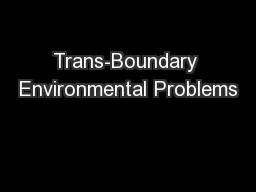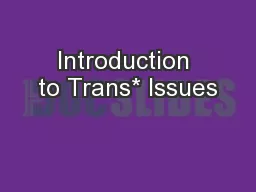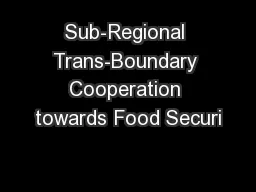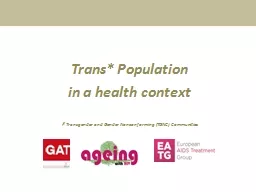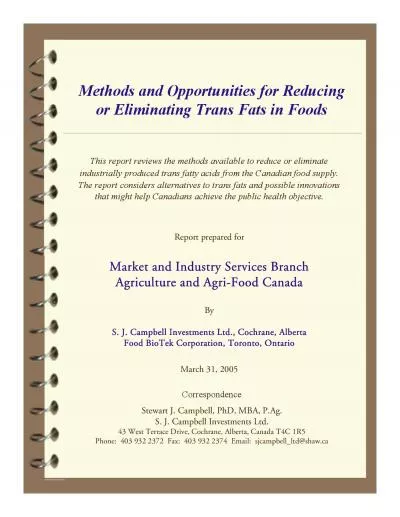PPT-Trans-Boundary Environmental Problems
Author : celsa-spraggs | Published Date : 2016-05-03
Hari Srinivas Room I312 0795657406 Global Environmental Policy Defining TEP Trans boundary Environmental Problems across beyond national borders TEPs broadly
Presentation Embed Code
Download Presentation
Download Presentation The PPT/PDF document "Trans-Boundary Environmental Problems" is the property of its rightful owner. Permission is granted to download and print the materials on this website for personal, non-commercial use only, and to display it on your personal computer provided you do not modify the materials and that you retain all copyright notices contained in the materials. By downloading content from our website, you accept the terms of this agreement.
Trans-Boundary Environmental Problems: Transcript
Download Rules Of Document
"Trans-Boundary Environmental Problems"The content belongs to its owner. You may download and print it for personal use, without modification, and keep all copyright notices. By downloading, you agree to these terms.
Related Documents

